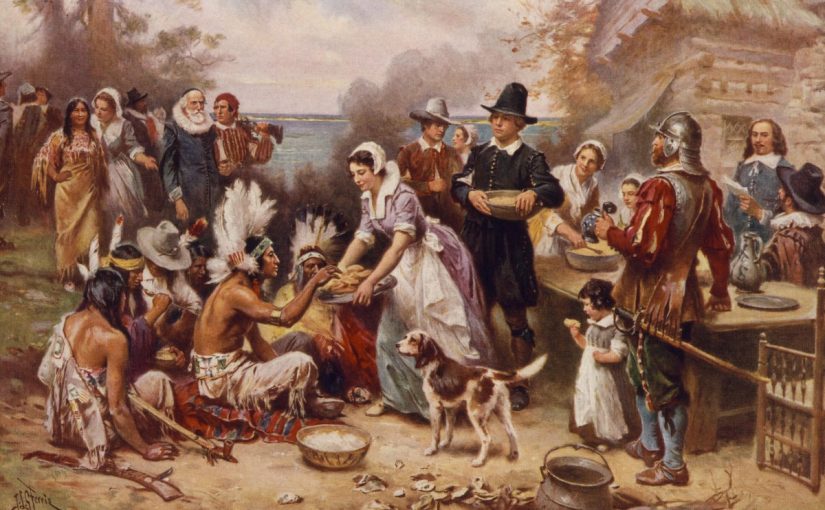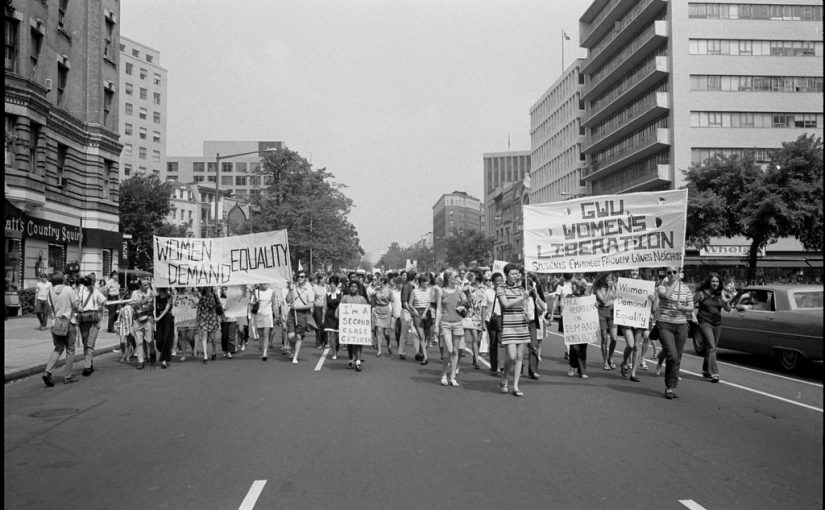Triggering Passages:
“‘Too-muchness’ produces moments of spectacular visibility that exceed the advertisers’ intended and literal meanings. In the era of conspicuous consumption the ‘too-muchness’ of the black and Asian bodies as represented in these trade cards is of key importance. The affective excess and semiotic overload of these images encode the use of disgust to facilitate and accompany white bourgeois consumer’s disavowal and enjoyment of commodity pleasure” (Tompkins, 150)
“Within commodity culture, ethnicity becomes spice, seasoning that can liven up the dull dish that is mainstream white culture.” (Hooks, 366)
“Mutual recognition of racism, its impact both on those who are dominated and those who dominate, is the only standpoint that makes possible an encounter between races that is not based on denial and fantasy. For it is the ever present reality of racist domination, of white supremacy, that renders problematic the desire of white people to have contact with the Other.” (Hooks, 371)
News Media Context:
“A lot of Instagram-loving foodies are perpetuating racist stereotypes about ethnic dishes”
“We’ve never quite escaped the idea that Western is the status quo, so anything other is viewed as, well, ‘other,’” Noche says. “This leads people to exotify and overcompensate in styling dishes that aren’t normal to them, because they don’t understand or haven’t experienced how these dishes can exist on their own.” (Purdy)
While reading Bell Hook’s “Eating the Other” many of the ideas and concepts evident in Tomkins’ writing were explicitly laid out for me. Tomkins contextualizes themes of racial edibility and white palatability, while Bell Hooks explains these key ideas unambiguously. Both authors speak to the concept of “The other”, and how this idea has been used to fetishize racial differences. Bell Hooks defines the other as anyone not a part of the imperialist white supremacist capitalist patriarchy, which is considered to be the hegemonic culture of the world.
Commodity culture exploits “the other” for new pleasure and allows for whites to assert their power within their intimate relationship with the other. The consumption of others culture allows for the white capitalists to expand their palate, viewing the other as an indulgence, while the other eats to survive. Such is the issue with foodie culture, as it most often does not change how we consume but sensationalizes exotic flavors. This desire for the other is to view them as something to be eaten, consumed, and forgotten about. Enriching or enhancing the white patriarchal identity with other “flavors” and “spices”. This appetite to possess the other and to be changed by the other has me wondering if the desire for “the other” can ever be innocent without the implication of race?
Hooks, Bell. “Eating the Other: Desire and Resistance.” In Black Looks: Race and Representation, 1st edition. Boston, MA: South End Press, 1992.
Purdy, Chase. “A Lot of Instagram-Loving Foodies Are Perpetuating Racist Stereotypes about Ethnic Dishes.” Quartz. Accessed February 28, 2017. https://qz.com/909817/instagram-photos-of-ethnic-food-are-perpetuating-racist-stereotypes/.
Tompkins, Kyla Wazana. Racial Indigestion: Eating Bodies in the 19th Century. New York: NYU Press, 2012.






